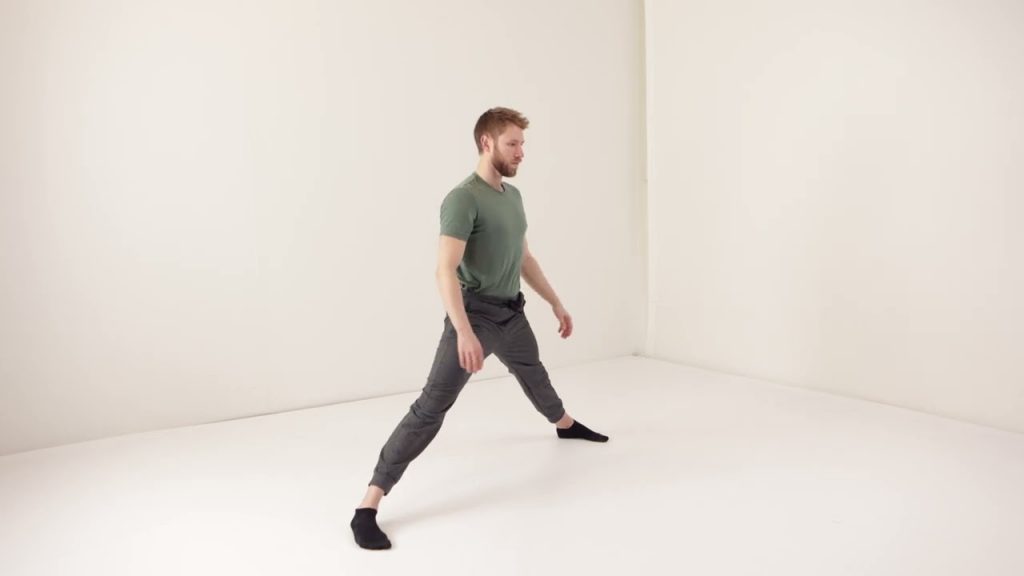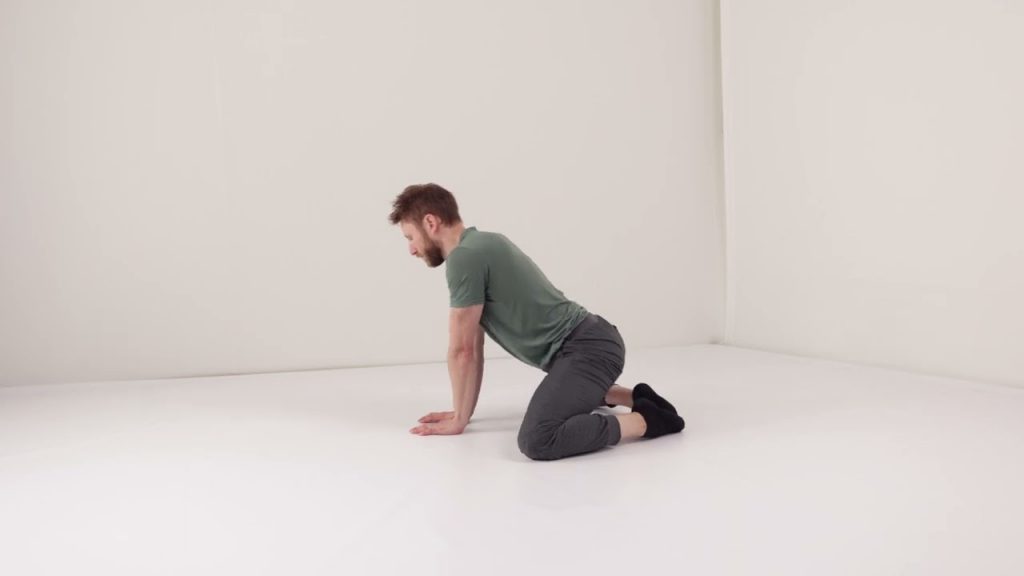What should women train for rock climbing?
In 2021, Lattice COO Dr Dave Giles published a paper exploring the anthropometry (body proportions) and performance characteristics of female climbers, specifically looking at a sample of recreational advanced-to-elite level athletes.
What had the biggest impact on performance?
- Upper body power
- Finger strength
- Hip flexibility
When it comes to training, it can be hard to know what to focus on! So, the findings of the study definitely give us a lot to consider. If we see upper body power, finger strength and hip flexibility in high-level female athletes, perhaps training these aspects will be beneficial to your climbing!
That being said, training is still highly individualised. For example, if your goal climb is a 50m enduro-fest, then upper body power might not be your priority. However, you may want to focus on hip flexibility instead; which is key for efficiency and rests.
So how do we train these elements?
How to train upper body power
Strength is the foundation of power. But what is power in climbing?
You’re being powerful when you’re using maximal strength in a short burst! Imagine doing a pull-up as fast as you can. That’s power. The faster you can do that pull-up, the more powerful you are.
So how to we train it?
Cycling between maximal pull strength (e.g. weighted pull-ups) and upper body power training (e.g. fast pull-ups) is key.
Climbing boulders footless or doing dynamic style climbing is a good climbing-specific way to build power. The campus board is the classic tool, but it is worth remembering that the vertical movement is not as diverse as footless bouldering.
But… these are both pretty high intensity exercises! What if we can’t footless boulder?!
A good place to start is off-the-wall with assisted power pull ups.
Use a pull-up band around your feet so you can focus on the speed element of the pull-up.
How to train finger strength
The classic tool here is the hangboard, where we can use max hang or repeater protocols to increase our isometric (stationary) strength.
In addition to this, we should transfer this training to the wall with bouldering. We don’t want to neglect our contact strength!
How to train hip flexibility
We are often trying to get our bodies close to the wall in climbing, so being comfortable with open hips is really helpful.
Stretches such as the frog stretch or standing box splits are good, specific stretches for improving range of motion in this plane.


Will this research influence your climbing? Let us know in the comments!
Follow Lattice Training on Instagram.
Read more data & research.
Read more on women’s training.
Read more training tips.





